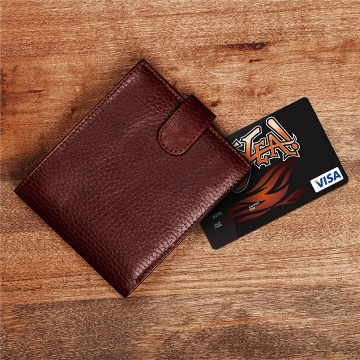It is possible that in the current circumstances you are using your credit card more than before. This tool avoids the manipulation of cash and serves as a means of payment and a line of credit for products and services. Use it properly by following these tips.
Before using it, please calculate if you can pay.
The card is no more money. Pay with a card what you can pay in full when the account statement arrives, including cash advances.
Differ payments according to the goods.
If you are going to buy long-lasting things like appliances, you can defer in the long run. If they are of medium duration as clothes, less time. Food and services are better paid current, as they are consumed immediately.
Keep track of the deferred.
Write down the deferred purchases and the amount of installments you have to pay. This way you will avoid that installments accumulate and you will be able to know when you finish paying some and it is possible to assume others, depending on your ability to pay.
Don’t make the minimum payment a habit.
Make sure this happens only in emergencies, since the ideal is to pay the total or more than the minimum to avoid surcharges.
Save receipts and check your statement.
Access your account statement through your bank’s internet banking, as well as the movement register, to make sure there are no erroneous charges.
Check your maximum payment date.
Do not fall behind in payments. This does not generate interest on arrears, collection management, or affect your credit history.
Do not lend your card to anyone.
Have one or two cards and do not lend them, since the debts will be in your name and you will be the only one injured, even if it is the other person who did not pay you.














